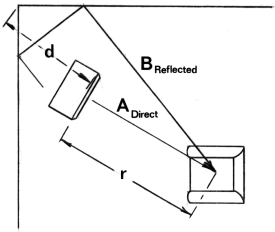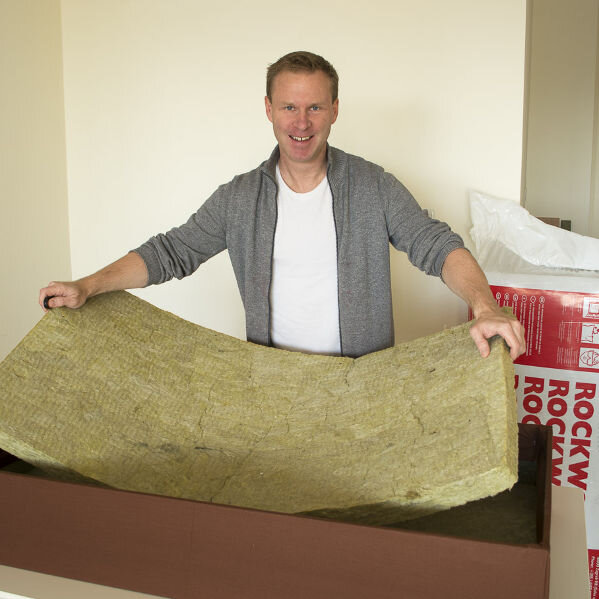- Joined
- Oct 3, 2019
- Messages
- 287
- Likes
- 516
Hi all,
I want to build some DIY 100mm absorption panels for my room - measurements at listening position below.
My question is, which density of Rockwool to use?
I was aiming at RW5 which is 100kg/m3. According to the Rockwool data sheet, at 75mm its absorption coefficients are 0.4 at 125Hz, 0.8 at 1kHz, and 0.85 at 4kHz, which seems pretty uniform (and 100mm will be even better for bass).
But Rockwool doesn't provide data for performance above 4kHz and I've read elsewhere here that anything over about 50kg/m3 will reflect too much treble.
Can anyone tell me if I will run into problems using RW5?
Many thanks,
James


I want to build some DIY 100mm absorption panels for my room - measurements at listening position below.
My question is, which density of Rockwool to use?
I was aiming at RW5 which is 100kg/m3. According to the Rockwool data sheet, at 75mm its absorption coefficients are 0.4 at 125Hz, 0.8 at 1kHz, and 0.85 at 4kHz, which seems pretty uniform (and 100mm will be even better for bass).
But Rockwool doesn't provide data for performance above 4kHz and I've read elsewhere here that anything over about 50kg/m3 will reflect too much treble.
Can anyone tell me if I will run into problems using RW5?
Many thanks,
James
Last edited:



